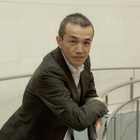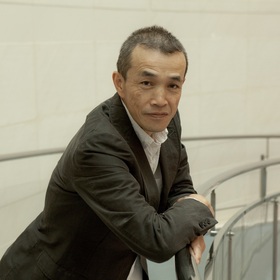Application of Art to Society
About ZOU-NO-HANA TERRACE
As a native of Yokohama, my image of the Yokohama waterfront was of an ominous atmosphere of the black sea and smoke rising from the Keihin Industrial Zone. The area was surrounded by high fences and at times securely locked.
But of course, that was more than 50 years ago and unimaginable from today’s beautiful wide open space.
Zou-no-hana Terrace was constructed in 2009 as a rest area inside the park when improvements were made to public green spaces within the Zou-no-hana district as a commemorative project for the 150th anniversary of the opening of Yokohama Port.
The development of this site was planned based on the National Art Park Concept, which is one of the measures for promoting “Creative City Yokohama”, a vision for urban development with creativity at its core launched in 2004. It is positioned as part of the “Yokohama Creativecity Center”, alongside BankART 1929 and Koganecho Area Management Center.
Selection of Zou-no-hana Terrace operator was through proposal competition and the entrusted Spiral/Wacoal Art Center has continued to run its operation to this day. I have served as art director responsible for its business operations since its opening in 2009.
Activities of ZOU-NO-HANA TERRACE
Zou-no-hana Park is located in the middle of a long waterfront that is unparalleled to any major urban areas in our country, with the Red Brick Warehouse to the left, Osanbashi in the center, the Yokohama Bay Bridge behind it, and Yamashita Park to the right. Nihon-odori street, which extends from Zou-no-hana Park to Yokohama Stadium, is Japan's first Western-style street and can be considered a symbol of modern urban planning. Zou-no-hana Park also has a panoramic viewpoint where you can simultaneously see the “Yokohama Three Towers” namely the Kanagawa Prefectural Government Office (King’s Tower), Yokohama Customs (Queen’s Tower), and the Yokohama Port Opening Memorial Hall (Jack’s Tower) and is a perfect location where the past and present converge.
This historic monumental site, from where the cultural import of various countries began and became the cornerstone for the development of our nation, has been managed through collaboration with a range of experts and citizens to ensure that it will remain a beautiful and pleasant place in the future.
The management concept of “cross-cultural exchange” has not changed since its opening. The port where cultures of the West were introduced is positioned as a place for active exchanges and diffusion. As artists' ideas and expressions always inspire and enlighten us to new possibilities for the city of Yokohama, activities at Zou-no-hana Terrace are in principle undertaken by artists and creators with citizen participation.
The business plan is based on the activities of Spiral to date, upon a conviction that creativity in Art can be applied to society and community development, and we are collaborating with artists from various genres who are active today. In addition, the citizens who work with the artists are also extremely diverse in nationality, age and characteristics, and have been actively working in areas spanning the Zou-no-hana Park, the waterfront area, city center and the suburbs.
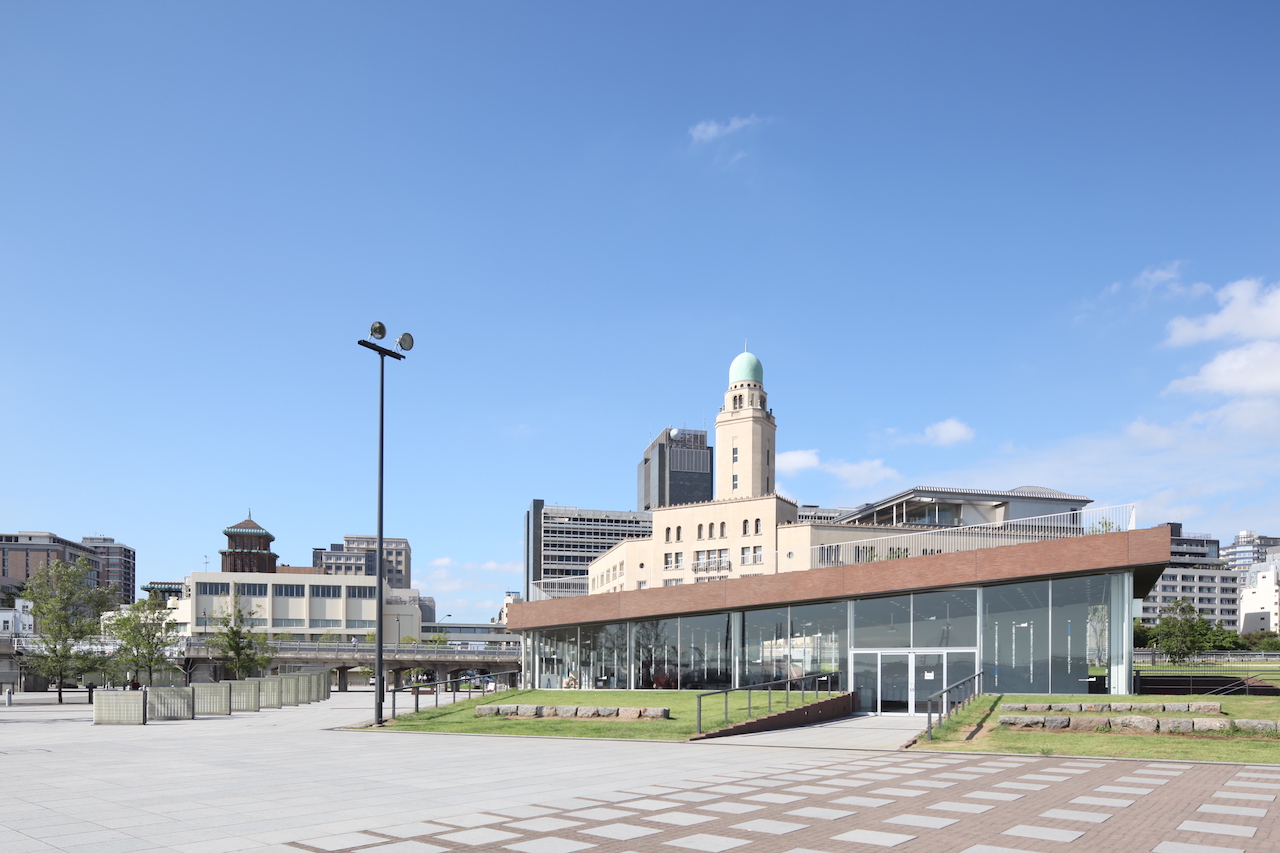
ZOU-NO-HANA TERRACE
Photo: Katsuhiro Ichikawa
Smart Illumination Yokohama
Being interested in the dynamic expressions of outdoor installations by artists such as Olafur Eliasson, Antony Gormley, Royal de Luxe, particularly those spectacular activities in public spaces, I researched the situations around the world in 2009. Based on the results, we planned a festival with artists in 2011 on the theme of “light.” However, while planning, the Great East Japan Earthquake occurred along with the nuclear power plant accident. Rolling blackouts were carried out in the Kanto region, and holding a festival of light became out of the question. But after discussions with relevant parties, it was decided that we would hold the event as a festival of light that focused on Art, energy saving, and environmental technology under the title, “Smart Illumination Yokohama”. The concept was “fusion of art and energy-saving technology”, precisely reflecting the paradigm shift that occurred at the time and we worked to develop a new nightscape for the rich city of Yokohama. For the first year, “Shining Smile Fruit” by light artist Takahashi Kyota, was created with the children in the disaster-stricken area of Rikuzentakata. It was later installed at Yamashita Park in Yokohama, as a symbol of reconstruction also having an echo with history, as Yamashita Park is a reclaimed site which used rubble from the Great Kanto Earthquake. The event was covered by NHK's program: “Yuku Toshi Kuru Toshi (Old Year, New Year)”.
Since then, it has been held nine times up to the year 2019 and we have worked with many artists and citizens to create new night scenes every year.
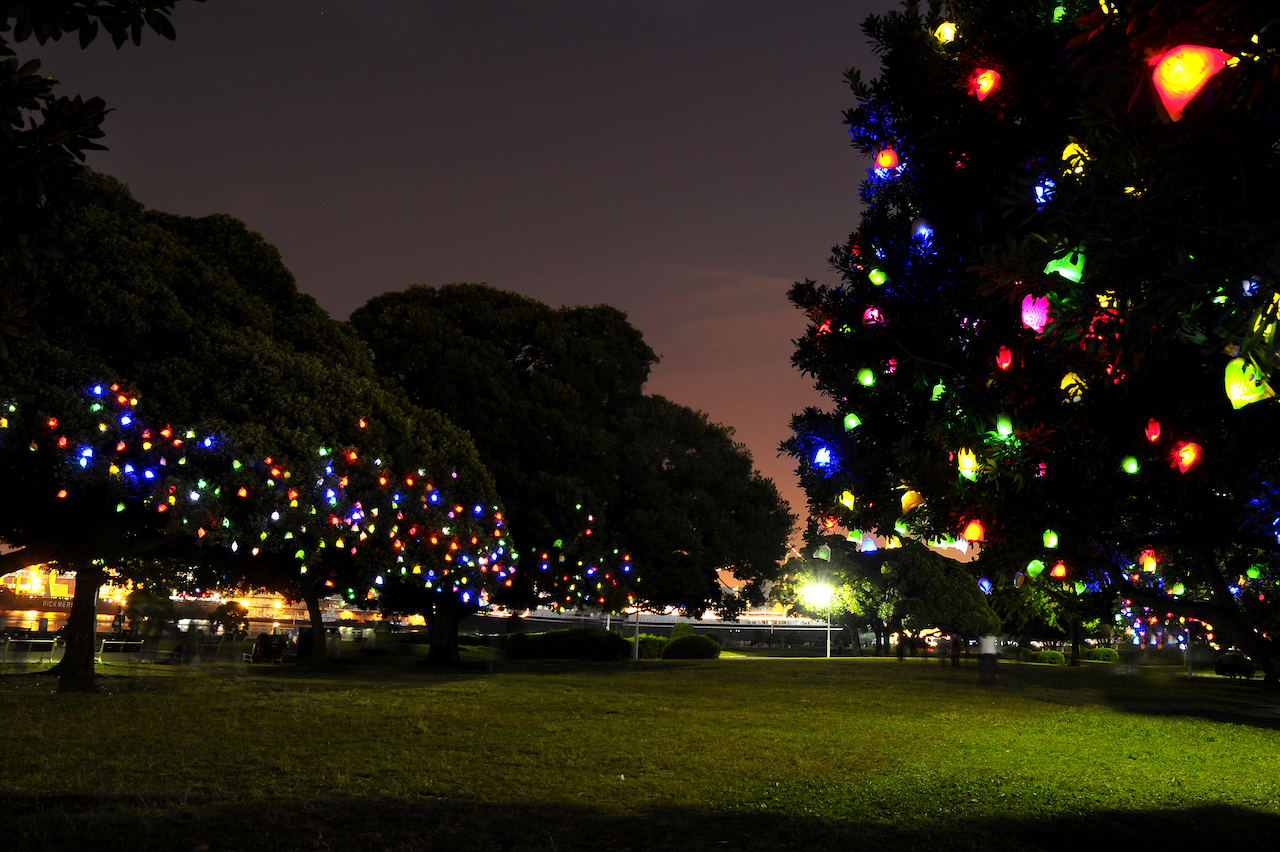
Smart Illumination Yokohama 2011 “Shining Smile Fruit” Kyota Takahashi
Photo:Hideo Mori
FUTURESCAPE PROJECT
One of the missions of Zou-no-hana Terrace is the “integrated use of the terrace and the park”. Since the facility stands on a complex structure different from that of urban parks, one step outside the premise requires complicated adjustments with managers of the park, waterfront, and other businesses. Furthermore, in the early days of establishment, we struggled to raise awareness of the new facility and location. And here again, we implemented several projects to make a breakthrough with the help of artists and designers. Many issues that needed to be resolved became apparent through the activities, such as lack of shade trees in the park and poor accessibility from the promenade connecting Yamashita Park and the Red Brick Warehouse.
On the 10th anniversary of its opening in 2019, the “FUTURESCAPE PROJECT” was planned to get an overview of the issues and resolve them creatively.
Today, the interpretation of the meaning of “public” has significantly changed along with citizen consciousness. In response to the growing trend to regard public space as an asset that can revitalize the shrinking economy and to promote public-private partnerships for their management, the theme of this project was changed to “public space”.
In conceptualizing this commemorative project, a study group led by Masao Koizumi, the designer of Zou-no-hana Terrace and Park, was set up with the aim of creatively approaching the current social background and the issues facing Zou-no-hana Terrace and Park. Spirited debaters and stakeholders in urban development were invited and held vigorous discussions. Following the long hours of debate, artists as well as citizens were requested to submit ideas on specific initiatives to make the environment more fun and pleasant. Workshops were held inviting citizens from all walks of life, children, senior, people with disabilities, foreign residents and tourists. They were asked about their challenges and ideals from their respective standpoints. Ideas were then collected through an open call, and it was decided that the proposers themselves would carry out the programs. One hundred ideas were collected through the open call, and to implement them all, coordination and discussions were repeated with relevant parties until just before the opening date, and almost all of them were realized.
Although the workload of the staff involved in coordinating various matters for promoting the project was considerable, I believe that the essence and value of the project lies in the “adjustments” made through discussions.
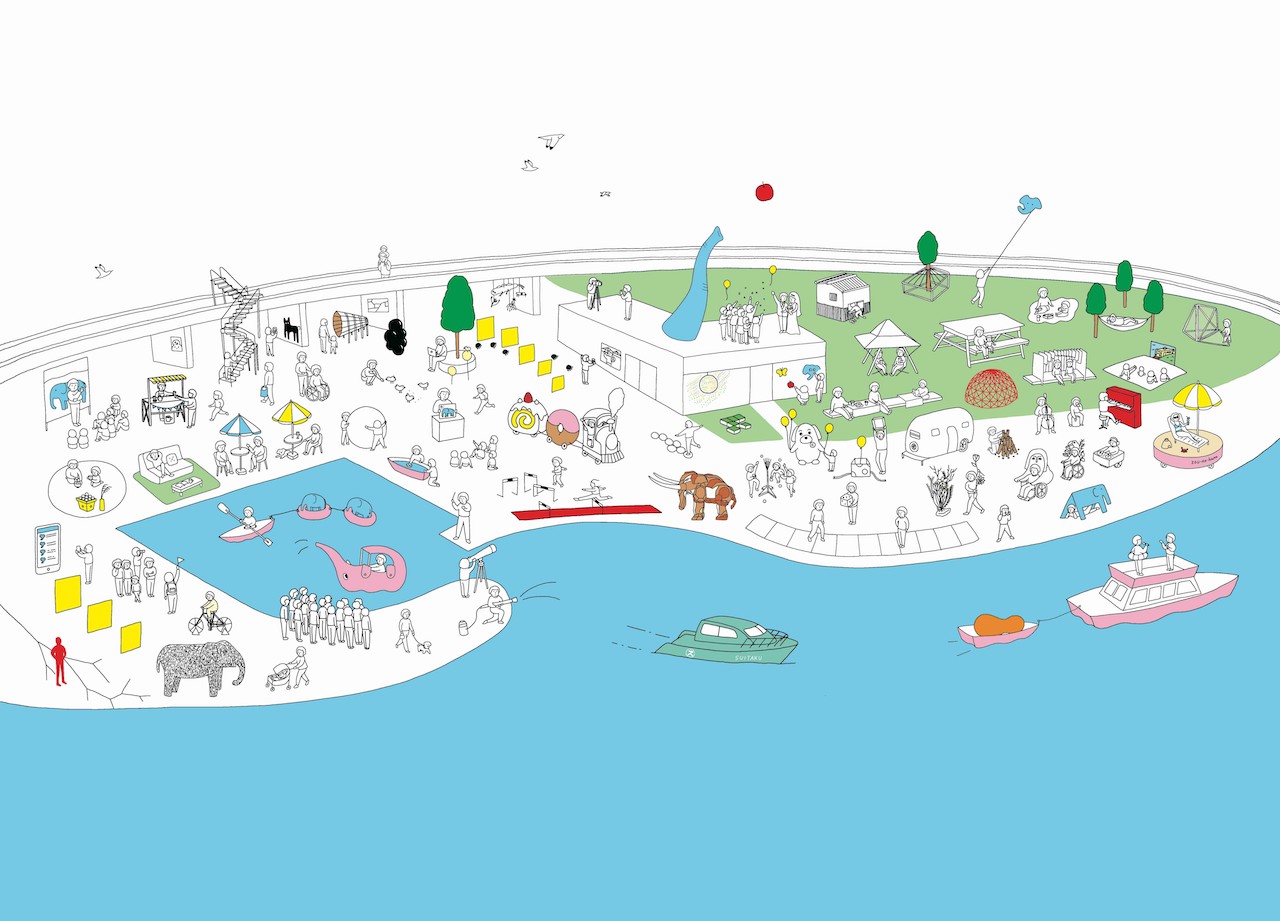
Comprehensive diagram of the plan by proposers of Zou-no-hana Terrace 10th Anniversary “FUTURESCAPE PROJECT”
Illustration: Haruka Aramaki
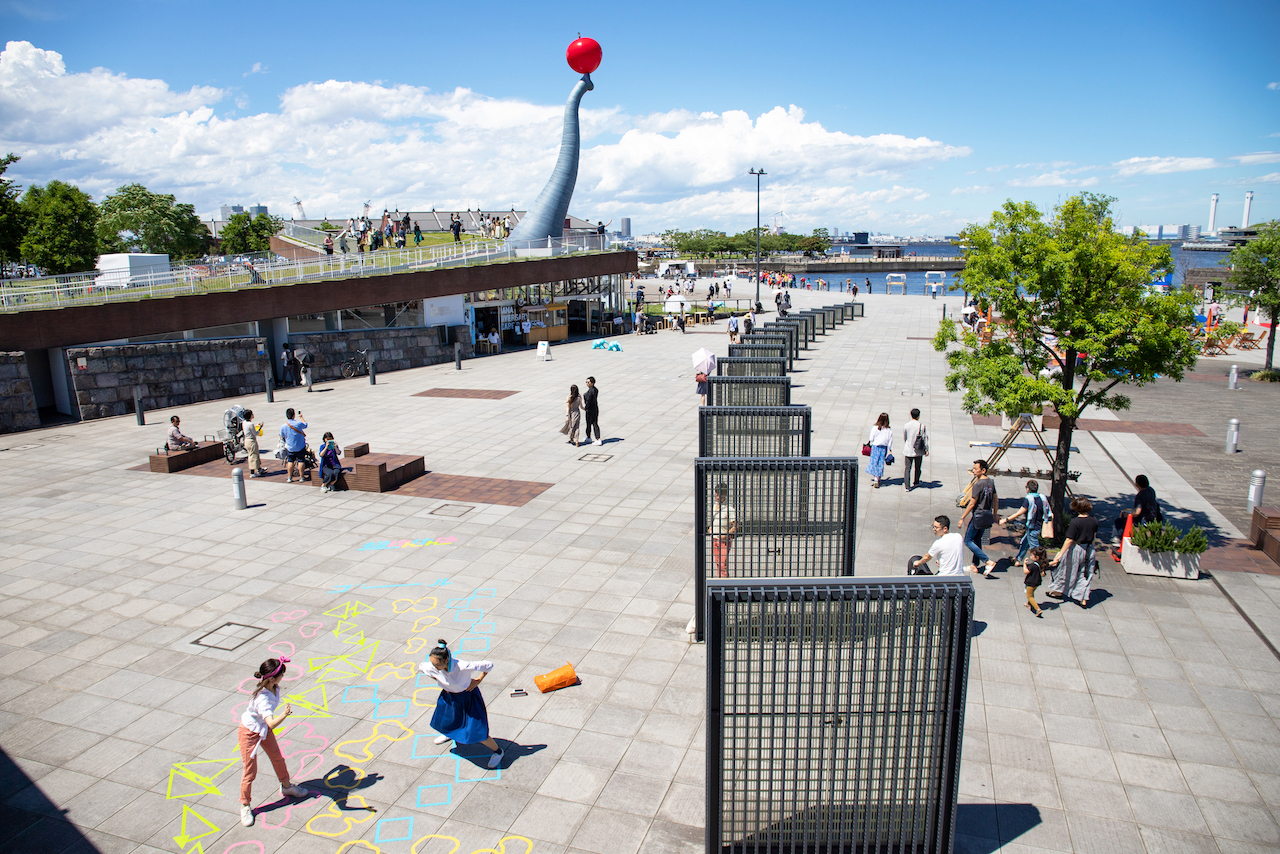
Zou-no-hana Terrace 10th Anniversary “FUTURESCAPE PROJECT” (2019) Zou-no-hana Park
Photo:Ryusuke Ohno(©︎Arts Commission Yokohama)
Held during the COVID-19 pandemic
In 2020, we experienced a new paradigm shift in lifestyle due to the global spread of an unknown infectious disease. Even now, after two years, infection continues to spread around the world, and in addition to exploring new lifestyles, a change in the ways of art and society is also being sought.
Against such a backdrop, this year's theme was set as “New (Normal + Creative) Life,” and the adjacent Yamashita Park was also planned as a venue for June. But the number of COVID-19 cases kept increasing that it was inevitably postponed and was held in October, with Nihon-odori Station included in the venue. We also participated in “Creative Walkway,” a collaborative project of the Yokohama Creativecity Center through cooperation with a project conducted by Tsurumi Ward Onomachi shopping street in the suburbs.
And once again, with a deep trust in the power of creativity of the artists and citizens, we held an open call for the submission of ideas for enriching people’s everyday life during the pandemic. In addition to the invited artists, this year's “FUTURESCAPE PROJECT 2021” was held with 17 groups of participants who applied for the open call program. The first weekend of the program was sunny, and for the first time in a while, we were able to see people’s smiles in person. I am sure I am not alone in feeling that, seeing the joy of people who yearned the company of others, experiencing and coming together, it was as if I had glimpsed the intrinsic nature and the workings of human beings.
Going Forward
Today's situation has brought a renewed realization that freedom and responsibility though seemingly contradictory, are in fact two sides of the same coin. Meanwhile, society's tolerance seems to be on the decline. If society as a whole became more mature and gained greater tolerance, the regulatory framework of public spaces need not be as rigid as in the past and change flexibly as required, which can infinitely expand the place of activity and expression. It is my hope that this project will provide an opportunity to express the creativity of art to realize a brighter everyday life and better public spaces.
November 27, 2021

